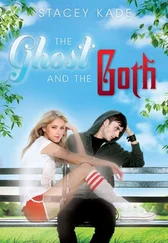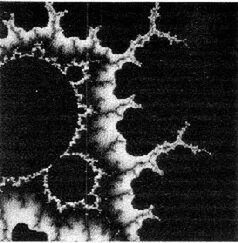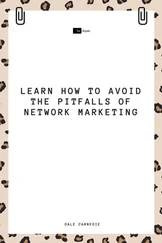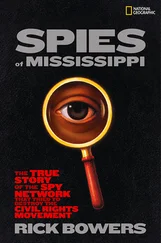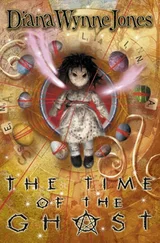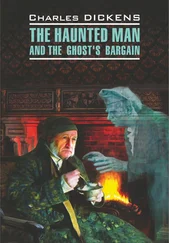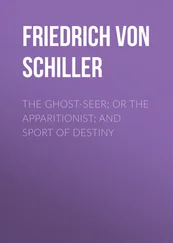After slowly cobbling together her first album with SDFC producers and ex-boyfriend Davin Karl, with whom she had a terrible, prolonged breakup, Molly wanted the production process for Cause Apocalyptic to go smoothly. It did, but the post-production process didn’t follow suit.
Laurence Rappaport, the president of A&R at SDFC and Molly’s personal handler within the company, wanted to release the eight songs as a second disc of bonus tracks, tacked onto a re-release of Cause Célèbrety , scheduled to drop on November 18. Molly thought the price of a two-disc set would be too expensive for some of her fans; she also insisted that the new tracks were a thematic and emotional step forward for her. Putting them under the name Cause Célèbrety wouldn’t make sense, artistically, because the music wasn’t about “Celebrity” anymore, it was about dancing ’til the end of the world. Rappaport thought the album would sell better with the name Cause Célèbrety . He cared about her “artistic vision,” but he cared more about engineering a hit record. He thought the music business, and his own career, couldn’t afford splashy failures. He thought Molly was still too new, and the album-buying public wasn’t ready for a second album and a second set of singles. Radio DJs were still playing “Don’t Stop (N’Arrête Pas)” on Saturday nights like it was a newly released track.
Rappaport had other problems with Molly. He didn’t like the way she conducted herself in interviews. He thought she talked too much about racism and not enough about her hair. He wanted her to pose for more “candid” photos; he wanted her to ditch the wig and weaves and let her hair “be natural.” Molly told him in an e-mail that she wanted to “perform her own hair.” He asked her not to refer to herself as a feminist, and instead espouse feminist viewpoints without ever using the word; whenever Molly said “feminist,” she passive-aggressively apologized to Rappaport for “letting her brain show.” Molly thought she was smarter than Rappaport, and that angered him most of all.
Rappaport and Molly fought dramatically. They kept it out of texts and mostly out of e-mails, out of anything that could be hacked and leaked, but their phone conversations were loud and aggressive. Nix had never seen Molly truly angry with someone before Rappaport. For Molly, her fight over the release of Cause Apocalyptic was the fight of her life; they weren’t arguing about what to do with the eight tracks, they were fighting about Molly’s whole career. “It’s the only real war I’ve ever fought in my life,” she told Nix. “This is for me and about me. I feel like I’m being born, fighting my way out of the womb, and Laurence, he’s not even a person, he’s just the narrow canal I’m fighting my way out of. The baby always makes it out. Or else it dies.”
Molly made it out by challenging Rappaport with a high-stakes bet. She bet that when SDFC released the single “Apocalypse Dance,” the song would perform well enough to support an album release. If she was right, SDFC would release Cause Apocalyptic as a separate EP. If “Apocalypse Dance” didn’t perform, they would release the two-disc version of Cause Célèbrety . Rappaport accepted the bet and the “Apocalypse Dance” single was released on November 17, followed by the music video on November 30.
“Apocalypse Dance,” a gutsy, throaty number in a minor key, debuted at number one on the Billboard Hot 100 chart — Molly’s best charting debut. “Apocalypse Dance” was also Molly Metropolis’s fifth consecutive single to hit number one. Molly won the bet, so she got her way.
At that time, SDFC decided to release the album on January 25, 2009. Horner, Molly, and Rappaport spent a few weeks polishing, fixating on minutia in the mixing process. SDFC made the album available for pre-order in December, so that it could be given as a holiday gift. Cause Apocalyptic was certified Gold before Christmas Day.
On the back of the “Apocalypse Dance” single and the steady sales of Cause Apocalyptic , Molly Metro’s Apocalypse Ball tour went ahead as planned in late November. Her garish performances of her unreleased tracks also helped increase buzz about the album. On the Internet, fans established warring camps of “spoiler” and “anti-spoiler” sects. The first watched crude cell-phone videos of Molly’s performances on YouTube, and downloaded bootleg live albums, while the “anti-spoiler” fans avoided hearing the songs before buying the album or attending the live show.
Then, eleven days before the album’s scheduled release date, Molly Metropolis vanished.
As Molly’s disappearance remained unsolved, Cause Apocalyptic became an even more contested issue. Would SDFC release the album on its scheduled date or would they wait for Molly Metro to return? Molly’s fans took to their Twitters, Tumblrs, and Facebook pages to demand the album that most of the media was already referring to as “Molly’s last.” Music journalists and bloggers spread a rumor that the album would be coming out on time, but the track list would be “retooled.” Fans then demanded that SDFC release “Molly’s version” of the album.
Despite the frantic tone and pace of speculation, SDFC refused to release a statement more concrete than: “We have the utmost respect for Molly Metropolis and her work. We are attempting to execute her vision of the album.” In fact, SDFC was attempting to execute a version of the album that, thematically at least, resonated with Molly’s status of missing-in-action. The bloggers were right; they revised the track list. Originally, Molly and Horner arranged the eight new songs in the following order:
1. Apocalypse Dance
2. Party Babylon
3. Beneath the Pavement
4. La Deluge
5. I’ll Find You
6. Bang Bang
7. Dance ’Til We Drop
8. Lost
For the final version, Rappaport added an additional track, “Maps (Find Me),” which had been recorded in Molly’s salad days but was never included on an album, and reworked the order of the songs to emphasize the album’s dark lyrical content. The album’s final track list was:
1. Apocalypse Dance
2. Lost
3. Maps (Find Me)
4. I’ll Find You
5. Dance ’Til We Drop
6. La Deluge
7. Beneath the Pavement
8. Party Babylon
9. Bang Bang
The critical reception for Cause Apocalyptic mimicked the reception of Sylvia Plath’s famous book Ariel and other Poems , published two years after her death by suicide, with the order of the poems reworked by her husband, the poet Ted Hughes. At first, critics psychoanalyzed Plath, pulling evidence of her suicidal thoughts from every poem; later, they criticized Hughes, saying he reworked the order of the poems to make Plath’s death seem premeditated. Talia F. Gold wrote, in her Slate review of Cause Apocalyptic , “The album sounds like a synth-soaked cry for help. Even if we skip over the dark lyrics from the album’s first single, ‘Apocalypse,’ that just leads us to ‘Lost,’ which opens with Molly sing-speaking ‘You said “Get Lost” / So lost I got / Now we all get lost.’ ” Apparently, Gold didn’t care to share the final line of that quatrain: “In my music.” (Though, in her defense, the opening lines of first verse seem to predict Molly’s disappearance, their uncanny nature multiplied when the existence of early demos of the song show Metro must’ve written it in late 2009, just weeks before she vanished: “Among the missing, I am missing you / My heart is twisting, I’m still into you.”) A few days later, Slate published another piece, this one by Deb Stone, headlined: “Did SDFC Make Metro Go Dark?”
Читать дальше



